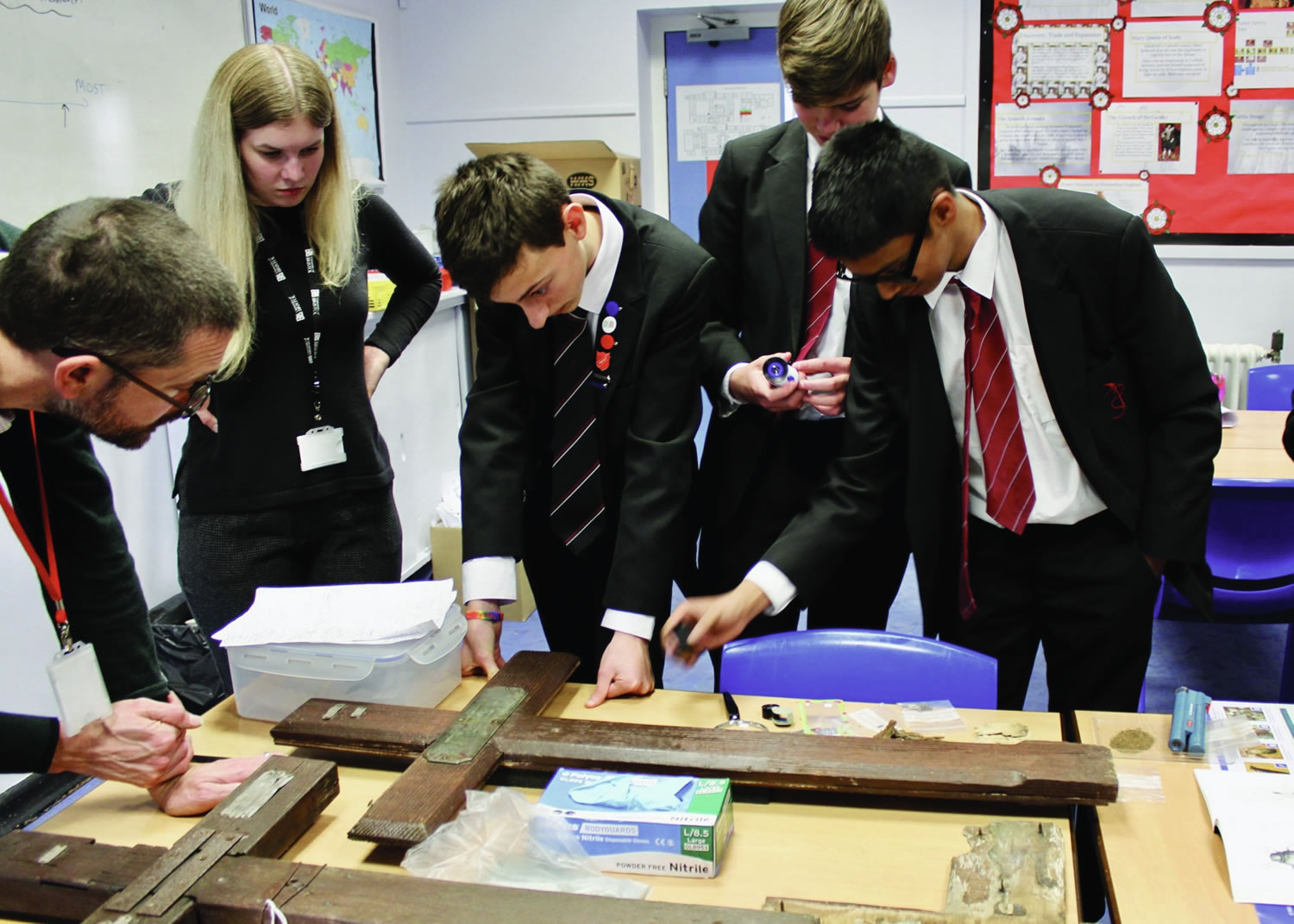Condition assessments of the 22 individual crosses and one other cross were carried out at Cheltenham cemetery in May 2017. The majority of the crosses were seen to be suffering from similar forms of deterioration (environmental, biological and physical damage), having been exposed to the elements in the cemetery for a prolonged period of time. Damage included wood rot, insect damage, mould, biological growth and corrosion of metal elements.
Although many of the crosses displayed similar damage and deterioration, each cross was treated on a case-by-case basis, each having individual issues and problems that needed to be addressed through treatment.
Cleaning and conservation was undertaken by Artefacts Conservation Services.
Firstly, the crosses were slowly air-dried to reduce the moisture content in the wood, arrest wet rot, avoid dimensional changes and minimise further potential damage.
Secondly, the surfaces of the crosses were cleaned to remove dirt, biological growth and mould. They were then dry-cleaned to remove/reduce loose dirt, bird dirt, biological growth/staining, particulate matter and loose rotten wood. Further wet cleaning was also used to remove ingrained surface dirt and algae.
Finally, after conservation treatment, the crosses were returned to Cheltenham Cemetery for their eventual display in the WWI Battlefield Crosses Museum.

